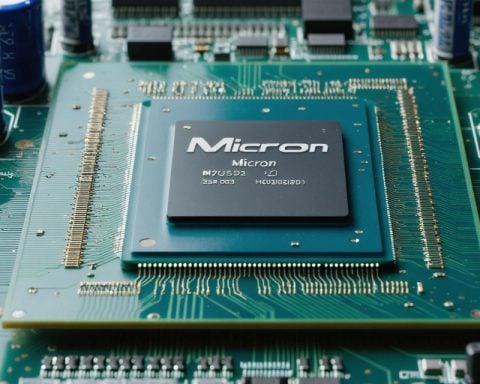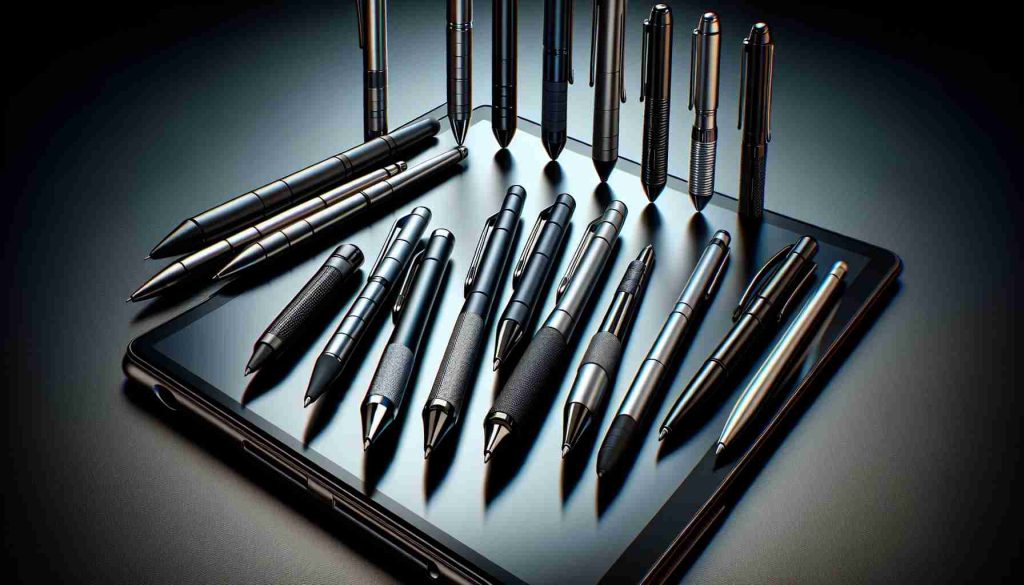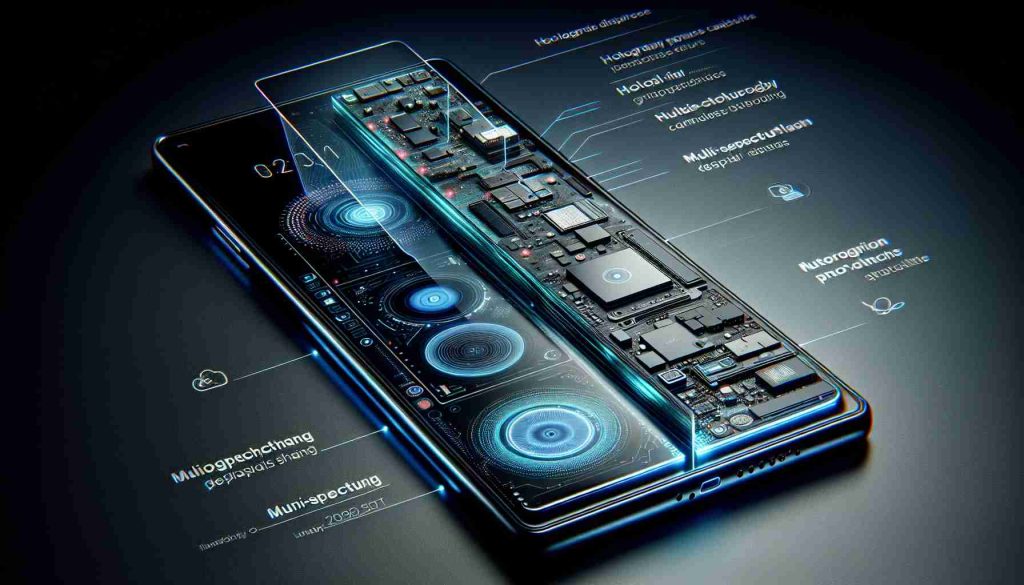Unlocking new possibilities in the mobile industry, the resurgence of foldable phones marks a significant shift in consumer technology preferences. These cutting-edge devices seamlessly blend portability with advanced functionality, offering users a unique and versatile experience.
Introduced with the groundbreaking Samsung Galaxy Fold in 2018, foldable phones have revolutionized the smartphone landscape. By combining the portability of a smartphone with the functionality of a tablet, these devices have redefined conventional expectations. The innovative flexible OLED display technology has overcome the limitations of traditional glass screens, paving the way for a new era of design possibilities.
Initially facing challenges concerning display durability and hinge reliability, major manufacturers such as Samsung, Motorola, and Huawei have invested heavily in enhancing these devices. The latest foldable smartphones boast enhanced durability and performance, creating a seamless user experience. The flexible OLED displays, in combination with transparent adhesives, ensure both quality and longevity, while reinforced hinges guarantee smooth and durable folding mechanics.
Beyond their sleek design, foldable phones offer practical benefits for users. The ability to transform from a compact smartphone to a spacious tablet enhances multimedia experiences, professional app usage, and photo editing capabilities. Leading models like the Samsung Galaxy Fold 3 and Galaxy Z Flip 3 have captured consumer interest, with an expanding market driving innovation and competition.
Despite premium price points, ongoing technological advancements and market competition suggest a future where foldable phones become more accessible to a broader audience. Brands like Oppo and TCL are already exploring more affordable foldable models, hinting at a democratization of this cutting-edge technology. Coupled with research into advanced materials like graphene and carbon nanotubes, the future of foldable phones promises sleeker, more durable devices that cater to evolving consumer needs and preferences.
The Rise of Foldable Phones: Advancements, Challenges, and Future Prospects
As foldable phones continue to gain traction in the mobile industry, there are several crucial questions that emerge regarding these innovative devices:
1. What are the key technical advancements shaping the evolution of foldable phones?
Foldable phones have seen remarkable advancements in display technology, hinge mechanisms, and overall durability. Manufacturers have been focusing on improving the resilience of foldable displays and hinges to ensure longevity and seamless user experience.
2. What are the main challenges or controversies associated with foldable phones?
One of the main challenges faced by foldable phones is the durability of the flexible displays. Despite significant progress, concerns about screen longevity and potential damage from frequent folding and unfolding remain. Hinge reliability is another area of scrutiny, as ensuring smooth folding mechanics without compromising durability is crucial.
Advantages of Foldable Phones:
– Enhanced user experience: The ability to switch between smartphone and tablet modes offers a versatile experience for various tasks.
– Improved multimedia capabilities: Larger screens enable better viewing experiences for videos, gaming, and multitasking.
– Innovative design: Foldable phones stand out with their unique form factor, attracting tech enthusiasts and early adopters.
Disadvantages of Foldable Phones:
– High cost: Foldable phones often come with premium price tags, limiting accessibility for a wider consumer base.
– Durability concerns: Despite advancements, there are still uncertainties regarding the long-term durability of foldable displays and hinges.
– Limited app optimization: Not all apps are optimized for foldable screens, leading to potential compatibility issues and subpar user experiences.
While premium brands like Samsung and Huawei have been at the forefront of foldable phone innovation, emerging players such as Oppo and TCL are also entering the market with more affordable options. This shift hints at a future where foldable phones may become more mainstream and accessible across various price points.
Looking ahead, ongoing research into advanced materials like graphene and carbon nanotubes holds the potential to further enhance the durability and design of foldable phones. These developments signal a promising future for foldable devices, catering to evolving consumer preferences and driving continued innovation in the mobile industry.
For more insights on the latest trends and advancements in mobile technology, visit techradar.com.























